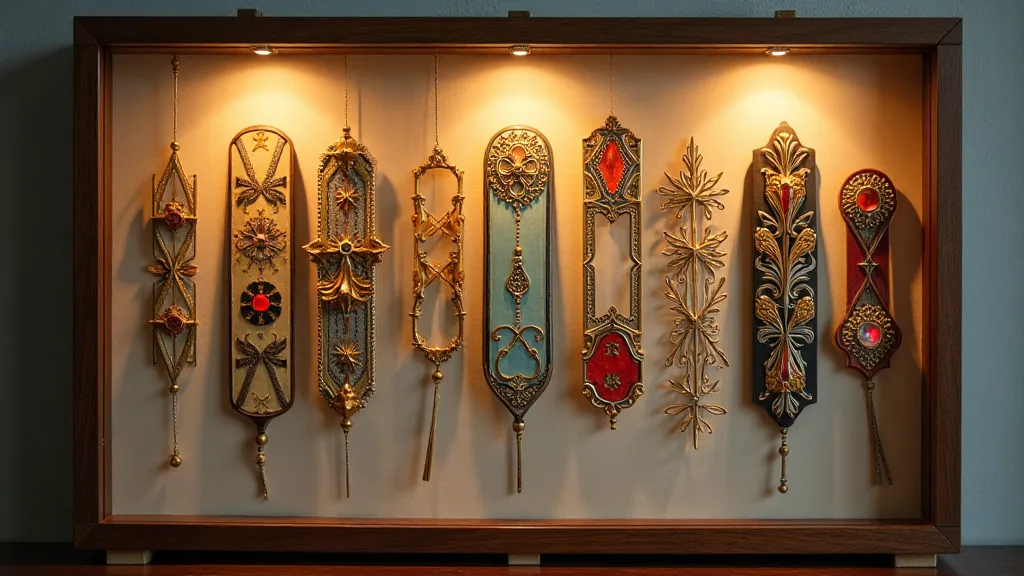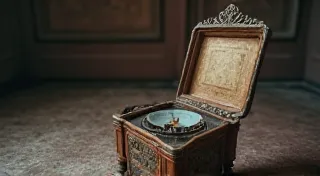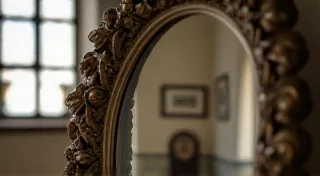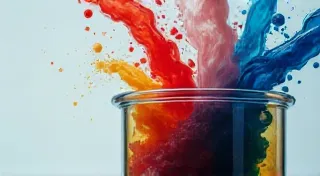The Paper Moth's Embrace: Preservation Techniques for Fragile Bookmark Treasures
There's a quiet poetry to holding a vintage bookmark. It’s not just a piece of paper, ribbon, or metal; it's a whisper from the past, a tangible link to a reader who held it just as you do now. Imagine the hands that carefully slipped it into a beloved novel, the hours spent lost in stories, the gentle wear that now speaks of a life well-read. For those of us drawn to these small, often overlooked treasures – the dedicated collectors of vintage bookmarks – appreciating their beauty is only half the battle. The other, equally vital, half is ensuring their survival.
My own fascination began with a seemingly insignificant find: a faded Art Deco bookmark depicting a stylized peacock, tucked inside a first edition of “Little Women.” The paper felt brittle, the colors muted, but the image held a surprising grace. Holding it felt like connecting with a past I’m only allowed a fleeting glimpse of. That moment sparked a journey, not just of collecting, but of understanding the delicate nature of these paper memories.
The Enemies Within: Understanding Degradation
The fragility of vintage bookmarks stems from the materials used and the environments they’re exposed to. The primary culprits are acidity, light, and humidity – the silent destroyers of paper treasures. Historically, paper was produced using acidic processes, like the inclusion of alum during sizing (the process of making paper less absorbent). This acidity continues to accelerate deterioration over time, causing paper to become brittle, yellow, and prone to cracking.
Light, particularly ultraviolet light, causes fading and discoloration. Think of the vibrant reds and blues in many antique bookmarks; these colors are often significantly diminished compared to their original brilliance. Humidity promotes mold growth and makes paper even more susceptible to damage. Then there’s physical wear – the inevitable consequence of being handled and stored. Tears, creases, and losses of corners are all too common.
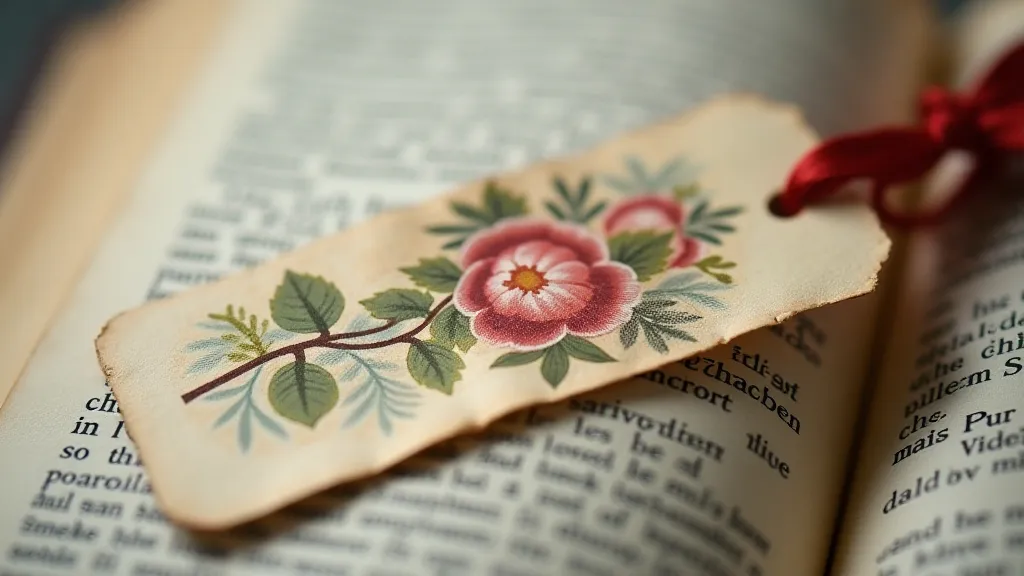
Historical Context: Materials and Methods
Understanding the materials used in vintage bookmark production offers a crucial perspective on preservation. Early bookmarks were frequently printed on relatively inexpensive paper stock, often with basic printing techniques like lithography or letterpress. The 19th and early 20th centuries saw a rise in decorative techniques – embossed edges, silk ribbons, and even small, attached embellishments. The quality of paper varied wildly, with some bookmarks printed on thick, durable stock, while others were made of thin, almost translucent paper.
The rise of Art Deco in the 1920s and 30s brought about a change in aesthetic, with bolder geometric patterns and brighter, often chemically-produced colors. This also meant new chemicals were involved in the manufacturing process, some of which further contributed to the paper's instability. World War II shortages influenced bookmark production as well, leading to more utilitarian designs and a decline in quality.
Practical Preservation Techniques: A Gentle Approach
The good news is that while vintage bookmarks are fragile, there are practical steps you can take to slow down their degradation. The key principle is to treat them with the utmost care and respect.
- Storage is Paramount: This is the single most important factor. Bookmarks should be stored flat, away from direct sunlight and humidity. Acid-free sleeves or folders are essential. These prevent the bookmark from coming into contact with acidic materials that could accelerate its deterioration. Avoid plastic sleeves containing PVC, as they can off-gas and damage the paper. Polypropylene or polyethylene sleeves are much safer alternatives.
- Handling with Care: Always handle bookmarks with clean, dry hands. Oils and dirt from our skin can damage the paper. Consider wearing cotton gloves. Avoid bending or creasing the bookmark.
- Environmental Control: Maintain a stable environment with moderate temperature and low humidity. A dehumidifier can be beneficial in damp climates.
- Light Protection: Keep bookmarks stored in dark containers or drawers. When displaying them, use UV-filtering glass or acrylic.
- Avoid "Repair" Attempts (Unless Qualified): Resist the urge to attempt repairs yourself unless you have expertise in paper conservation. Ill-advised repairs can cause irreparable damage. Consult with a professional conservator if a bookmark is significantly damaged.
It’s tempting to try and “restore” a faded bookmark, but often, the beauty lies in its aged appearance. While some minor surface cleaning can be undertaken (again, cautiously and ideally by a professional), aggressive cleaning or attempts to recolor faded inks are almost always detrimental.
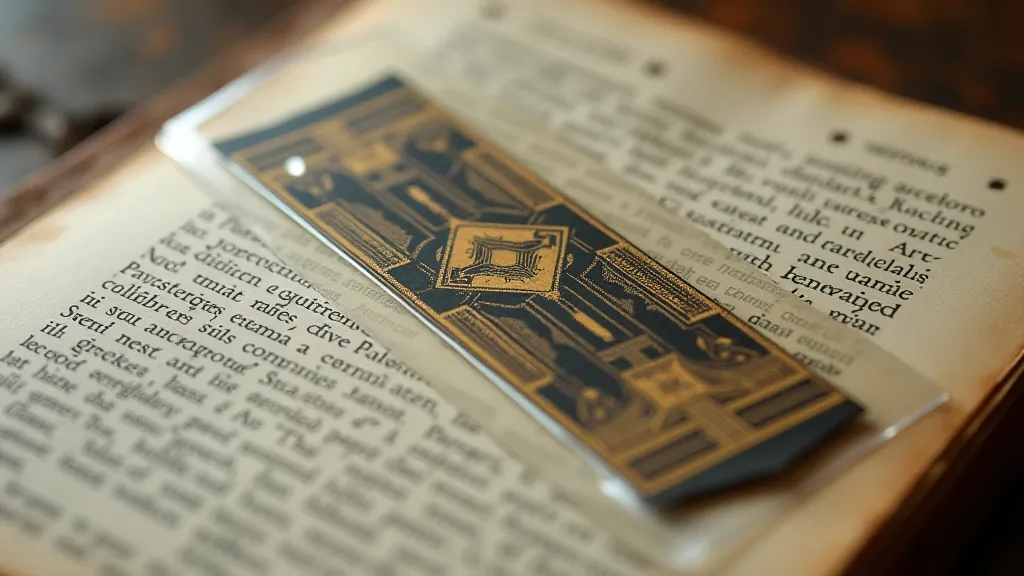
Beyond Preservation: Appreciating the Craftsmanship
Collecting vintage bookmarks isn’t just about acquiring objects; it's about connecting with a bygone era and appreciating the craftsmanship that went into their creation. The intricate designs, the careful printing, the delicate ribbons – these all speak to a time when even seemingly insignificant items were made with care and attention to detail.
Look closely at the details. Notice the different printing techniques, the variations in paper quality, the subtle differences in design that reflect changing tastes and styles. Each bookmark tells a story, not just of the reader who once held it, but also of the artisan who created it.
A Legacy of Stories
Preserving vintage bookmarks is a labor of love – a small but meaningful contribution to safeguarding a piece of our cultural heritage. These little paper treasures offer a tangible link to the past, reminding us of the enduring power of stories and the importance of cherishing the objects that connect us to them. By taking a few simple precautions, we can ensure that these paper moths, embraced by the past, continue to whisper their stories for generations to come.
